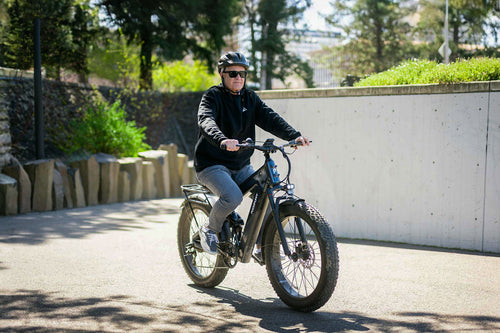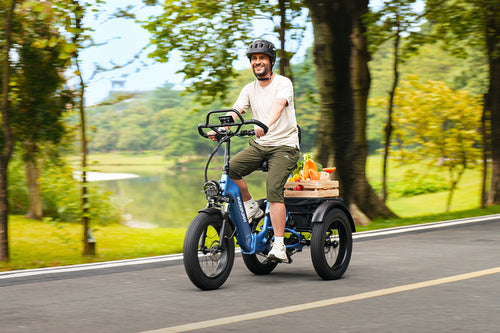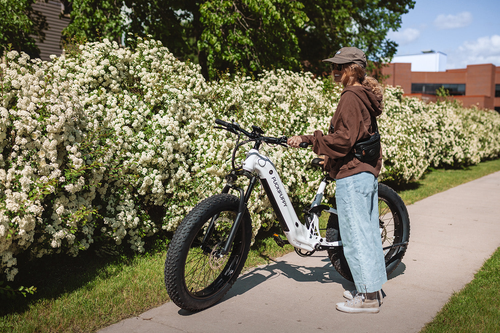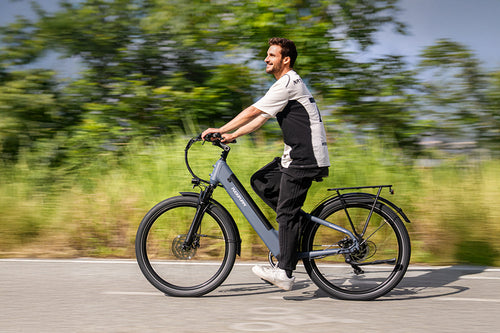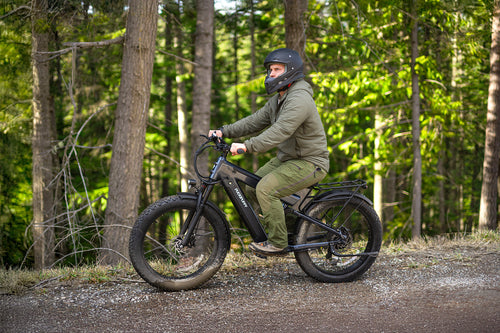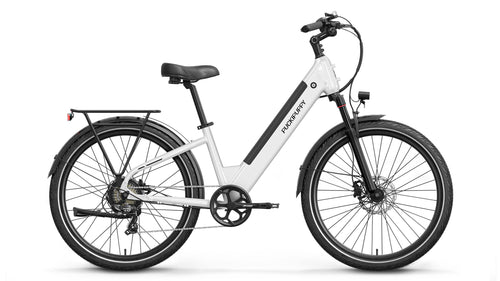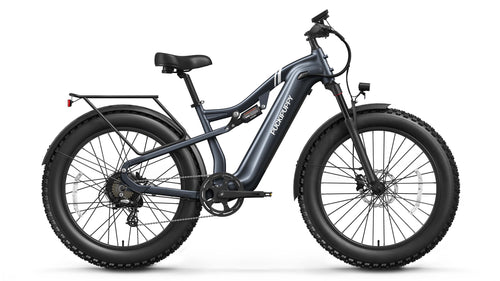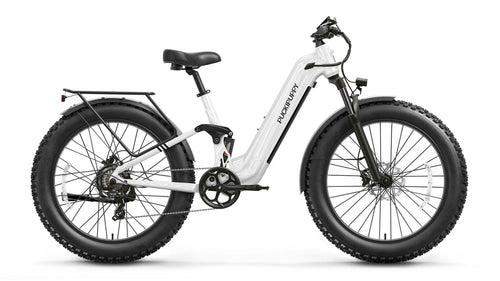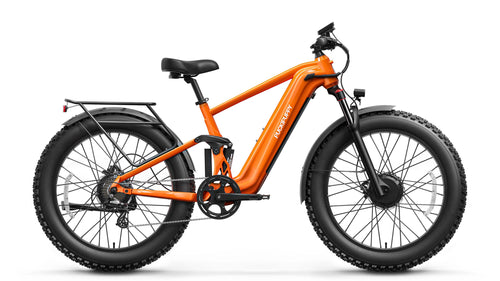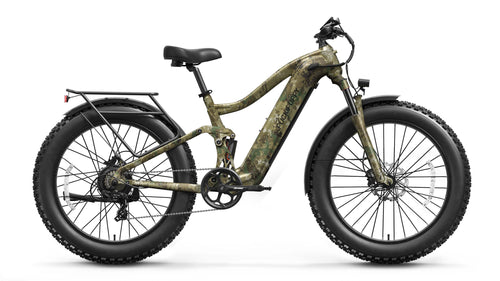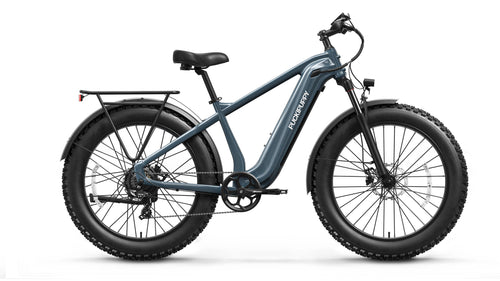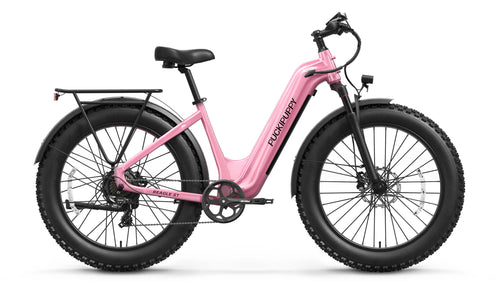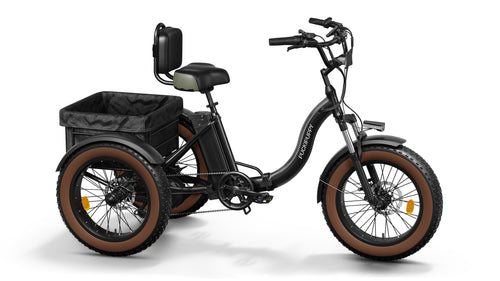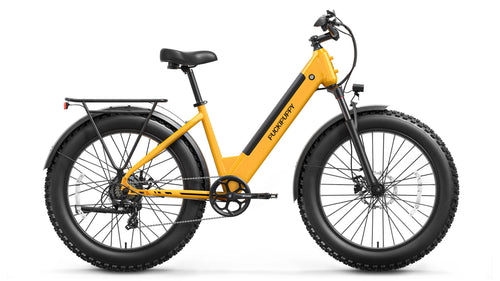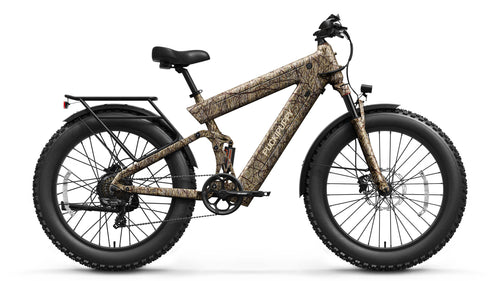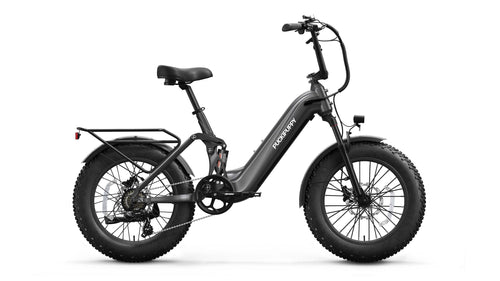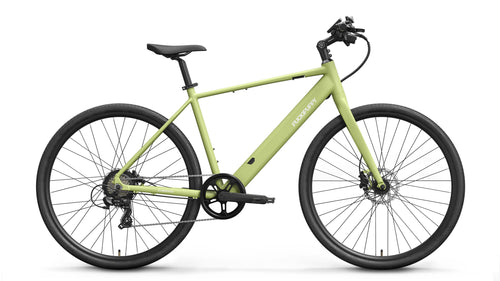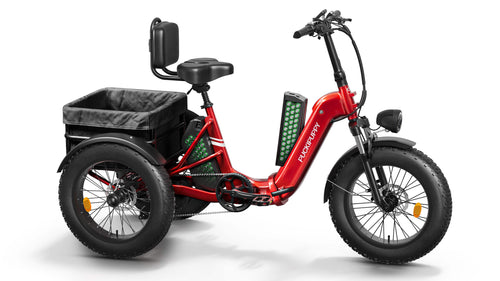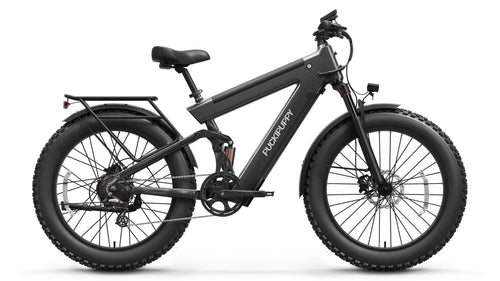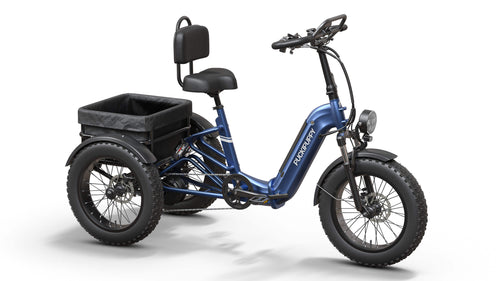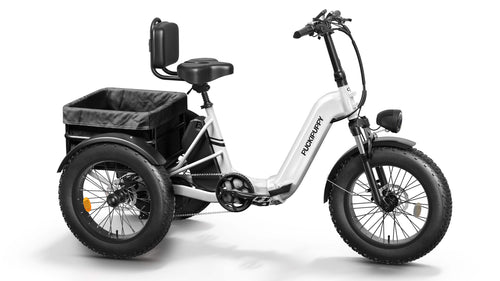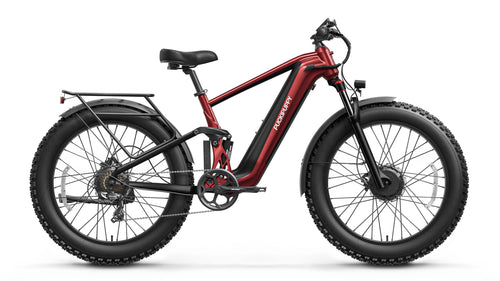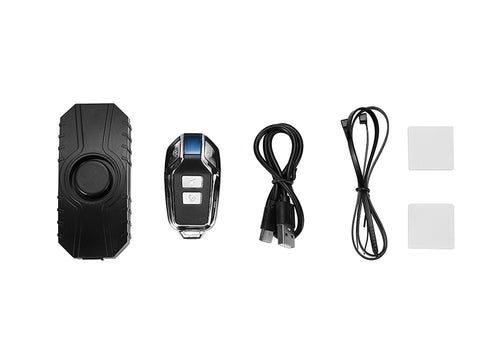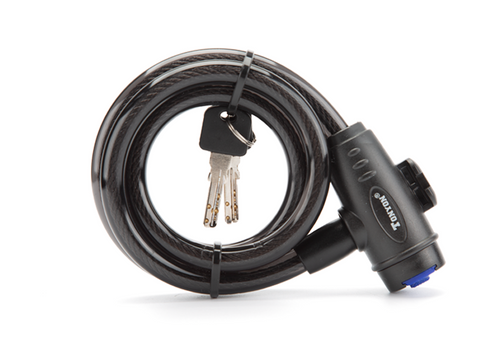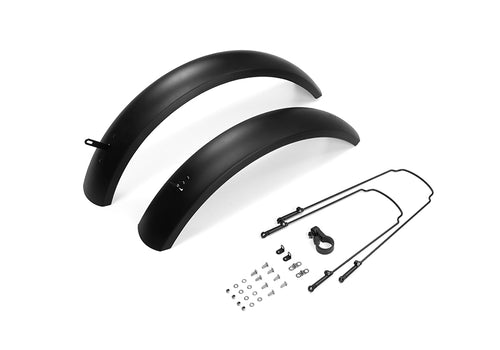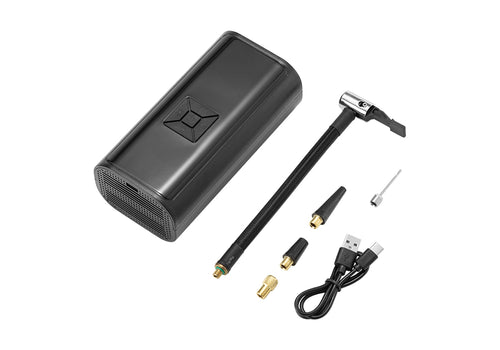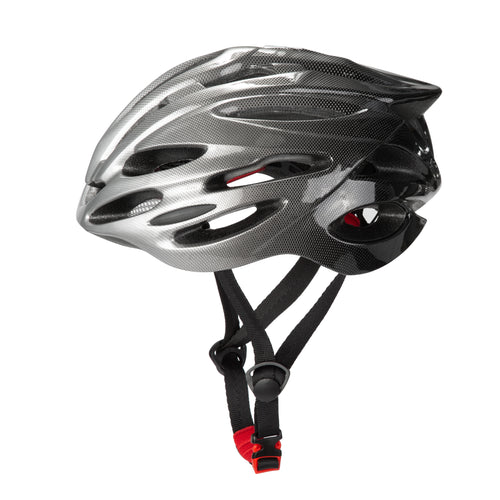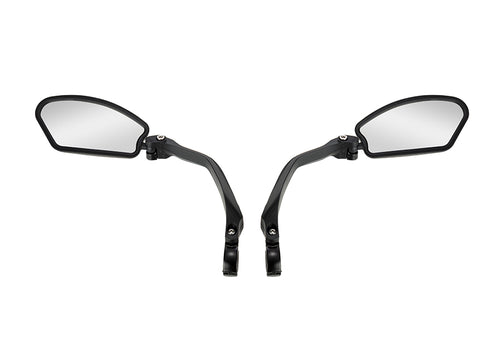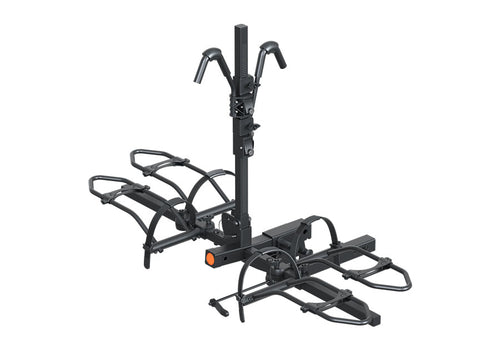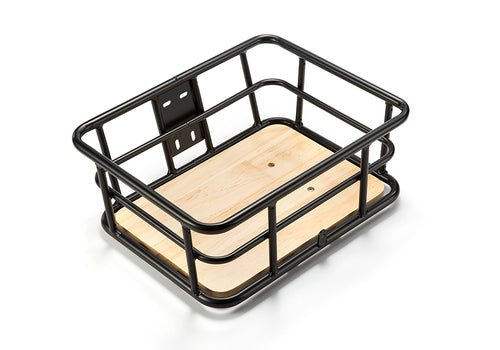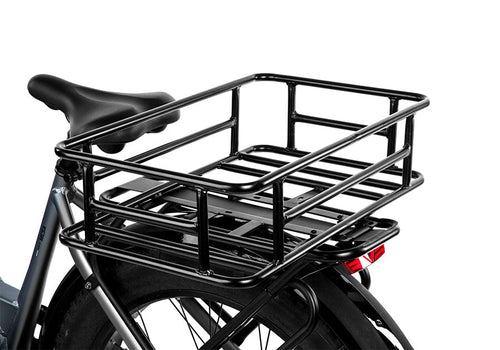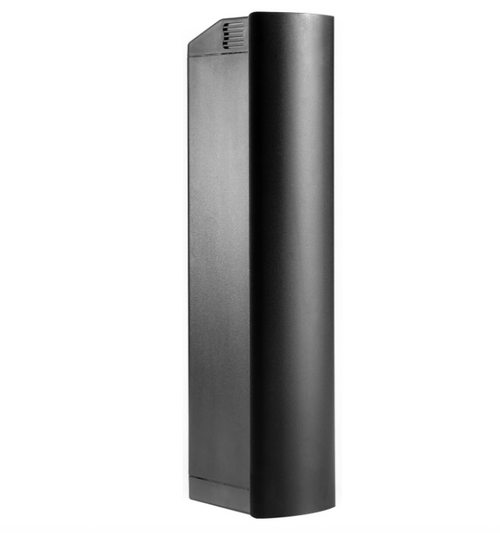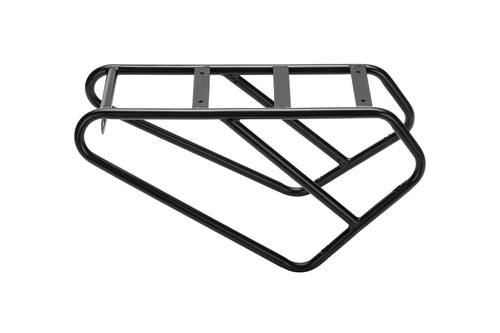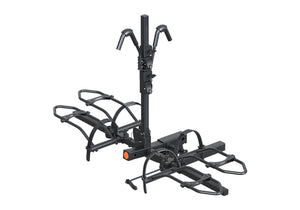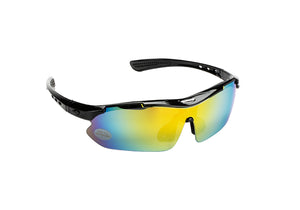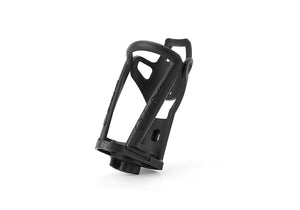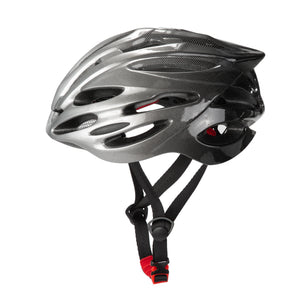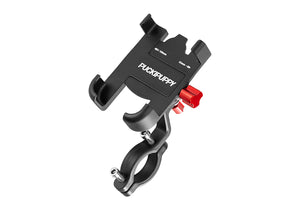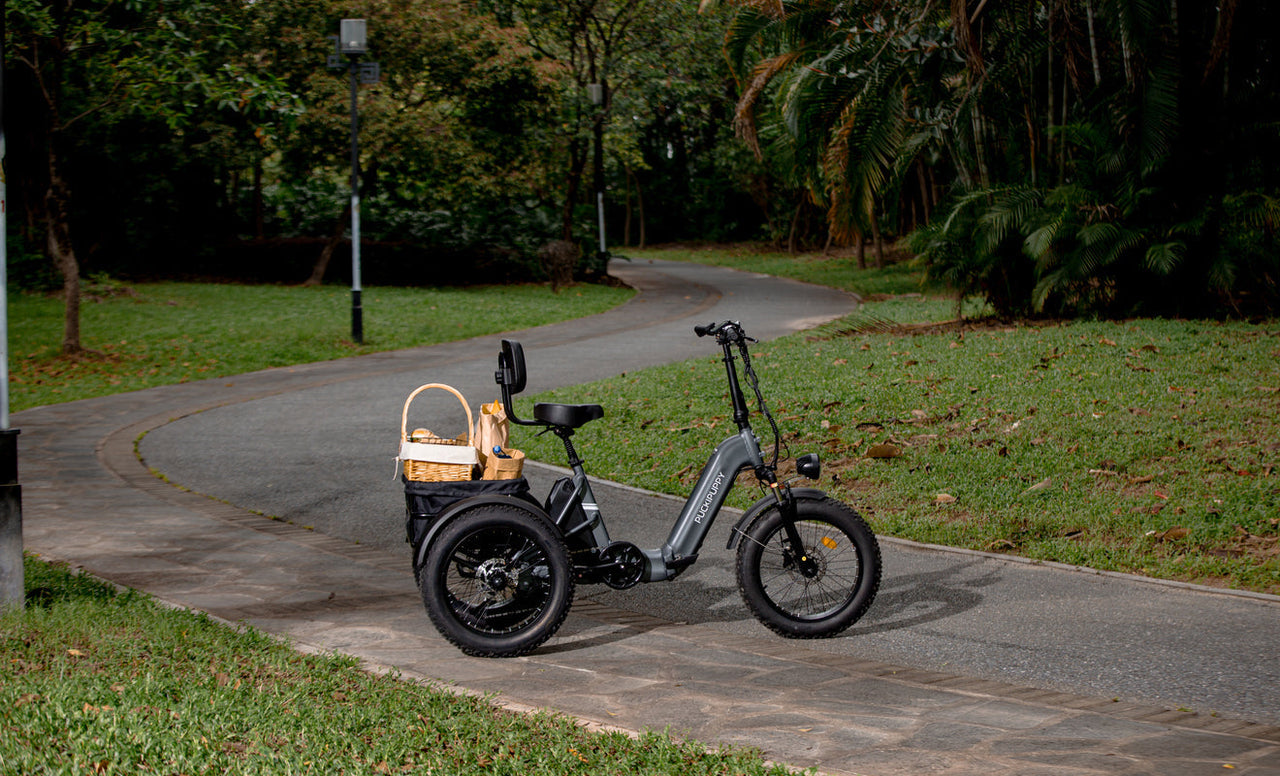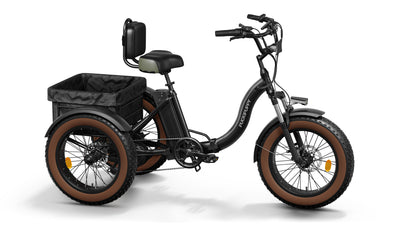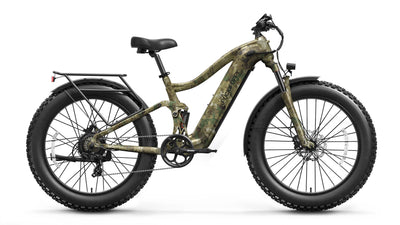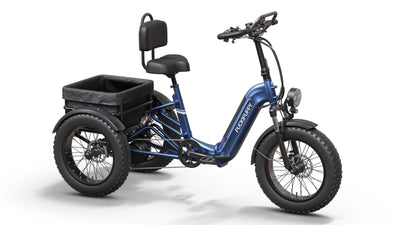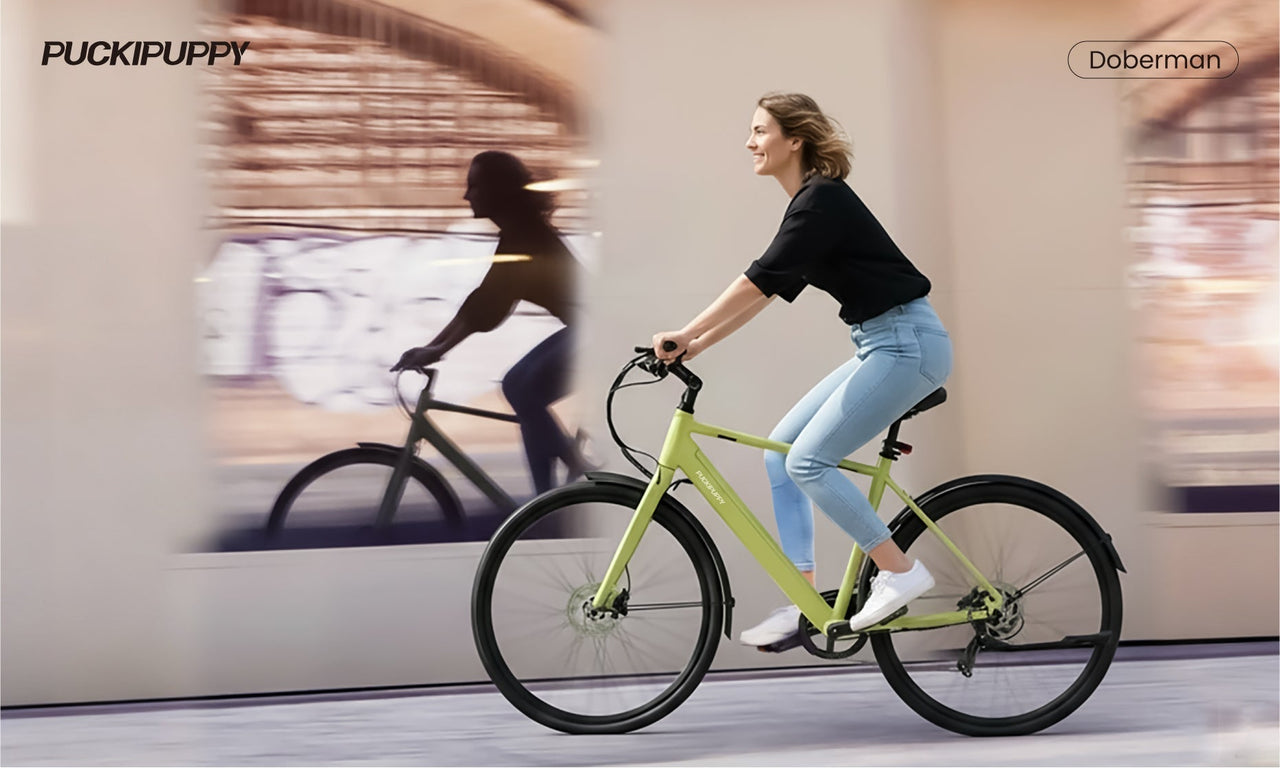Stuck in traffic, watching the gas gauge drop, or simply wishing your commute could be a little less sweaty? You're not alone. Millions are looking for a smarter, healthier, and more enjoyable way to get around.
And that's where the electric bike, or ebike, surges into the picture. But with a price tag that's often higher than a traditional bicycle, a crucial question arises:
What is an ebike, really? And more importantly, is it truly worth your hard-earned money?
In simple terms, an ebike is a bicycle equipped with a battery-powered "pedal assist" system that gives you a boost as you pedal, making hills feel flat and long distances feel short.
It's designed to augment your effort, not replace it. Let's dive in and unpack everything you need to know to make an informed decision.
What is an Ebike, Really? Beyond the Basics
At its heart, an ebike is a regular bicycle that has been supercharged with three key components: a motor, a battery, and a sensor. But the magic isn't in the parts themselves—it's in how they work together. The fundamental principle to understand is Pedal Assist.
Unlike a scooter or motorcycle where a throttle does all the work, almost all ebikes require you to pedal. The system's sensor detects your pedaling motion or force and signals the motor to provide a proportional boost.
It feels like a gentle push at your back, or as if you suddenly have the legs of a Tour de France champion. You're still getting exercise, but the effort is significantly reduced.
Let's break down the components that make this possible.
The Three Key Components of an Ebike
1. The Motor: The Powerhouse
The motor is what gives you that magical boost. There are two main types, each with its own advantages:
Mid-Drive Motor: Located at the bike's crank (between the pedals). This is often considered the premium option because it leverages the bike's gears, providing better balance, more natural feel, and superior efficiency on hills. It's ideal for mountain biking and hilly terrain.
Hub-Drive Motor: Located in the center of the front or rear wheel. This type is more common and often more affordable. It pushes the wheel directly, offering a feeling similar to a steady tailwind. Hub-drive motors are great for flat city commuting and recreational riding.
2. The Battery: The Fuel Tank
The battery determines how far you can go on a single charge. Capacity is measured in watt-hours (Wh).
Simple Rule: The higher the Wh number, the longer the potential range.
Practicality: Most batteries are removable, meaning you can charge them conveniently at your desk or in your home without bringing the entire bike inside.
3. The Sensor: The Brain
The sensor is the communicator that tells the motor how much help to give. The type of sensor greatly affects the riding experience:
Torque Sensor: A more advanced system that measures how hard you are pedaling. Pedal softly, and you get a gentle boost. Push down hard (like when climbing a hill), and the motor delivers maximum power. This results in an incredibly intuitive and natural "bike-like" feel.
Cadence Sensor: A simpler system that detects if you are pedaling. It's like an on/off switch—once it senses rotation, it provides a preset level of power. This can feel a bit more jerky or artificial but keeps the cost lower.
A Common Ebike Misconception
It's crucial to note that in most regions, true ebikes are not "throttle-on-demand" vehicles (like a scooter). Their assist is tied to pedaling. However, some models may include a throttle for assistance from a complete stop, but the primary function remains pedal-assist.
Now that you understand what an ebike is and how it works, let's tackle the big question: does this technology justify its cost?
Learn more: Do You Need a License to Ride an Electric Bike in the U.S.?
Is an Ebike Worth Your Money? We Break Down the Pros and Cons
So, we arrive at the million-dollar question (or more accurately, the few-thousand-dollar question). To help you decide, let's weigh the significant advantages against the important drawbacks.

The Advantages: Why You Might Love an Ebike
Conquer Hills, Distance, and Headwinds with Ease
This is the most immediate benefit. An ebike flattens hills, shrinks distances, and makes riding into a strong wind a non-issue. What might have been a sweaty, daunting commute becomes a pleasant, manageable journey.
This lowers the barrier to entry for cycling, making it accessible to people of different fitness levels.
A Smarter, Cheaper Commute
Compare an ebike to the cost of driving:
a. No Gas, Low "Fuel" Costs: Charging a battery costs pennies compared to a tank of gas.
b. Reduced Parking Fees & Hassle: Often, you can park right at your destination for free.
c. Less Wear and Tear: Save on car maintenance, insurance, and depreciation.
An ebike isn't just a purchase; it's an investment that can save you money over time.
Arrive Fresh and Sweat-Free
For commuters, this is a game-changer. You can choose how much exercise you want. Crank up the assist level to avoid working up a sweat, or turn it down for a workout. This makes ebikes perfect for riding to work in regular clothes.
Boost Your Health in an Enjoyable Way
Studies show that while ebiking requires less effort than traditional cycling, riders still get meaningful moderate-intensity exercise. The key is that people tend to ride more often and for longer distances.
The "fun factor" means you're more likely to stick with it, leading to consistent cardiovascular benefits.
An Eco-Friendly and Fun Way to Explore
Ebikes produce zero direct emissions. Choosing an ebike over a car for short trips is a clear win for the environment.
Moreover, they simply make riding more fun, opening up new routes and allowing you to see your city in a whole new way.
The Drawbacks: Important Considerations Before You Buy
Of course, no product is without its considerations. To give you a fully balanced view, it's important to also look at the practical aspects of ebike ownership.
Higher Initial Cost
A quality ebike requires a higher upfront investment than a regular bicycle. It's important to view this as a long-term substitution for other transportation expenses.
The good news is that the market is expanding rapidly, and there are now compelling options for those seeking the best ebike under $1000, making ownership more accessible than ever.
Weight and Practicality
The motor and battery add some weight, which is most noticeable when carrying the bike. However, many modern models are designed with this in mind.
For urban commuters, lightweight commuter ebikes and highly portable folding ebikes are widely available, prioritizing ease of use and storage.
Maintenance is straightforward with support from a knowledgeable retailer.
Smart Security
As with any valuable item, using a good lock and storing it securely provides essential peace of mind. At Puckipuppy, we build an extra layer of security directly into our bikes.
Our models come equipped with a removable smart display that not only shows your riding data but also functions as a security key. When removed, it renders the bicycle inoperable, providing a convenient anti-theft function.
So, Should You Buy an Ebike? Ask Yourself These 4 Questions
Let's cut to the chase. You've seen the perks and the practicalities. But the real answer isn't in a spec sheet—it's in your daily routine. Forget a simple "yes" or "no." Instead, let's match the ebike's strengths directly to your life. Ask yourself these four real-world questions:
1. What's the "pain point" you're truly trying to solve?
Be brutally honest. Is it the soul-crushing cost of gas and parking? The frustration of being stuck in traffic or arriving to work sweaty? Or maybe it's a hill on your route that you dread?
If you have a specific, recurring headache in your current commute or routine, an ebike isn't just a purchase—it's a targeted solution. If your need is more vague, like "getting more exercise," a traditional bike might suffice.

2. Can you clearly see the financial payback?
This is where "cost" becomes "investment." Grab a calculator. Compare the ebike's price against your actual monthly spending on gas, public transit fares, ride-shares, or even car maintenance.
For many, the ebike pays for itself in a year or two. If the numbers show a clear path to saving money, the higher upfront cost becomes a smart financial decision.
3. Where will it live? (Be specific!)
This is the ultimate reality check. Picture it: Do you have a safe, dry spot at home—like a garage, shed, or even a corner of your living room? What about at work? If the answer is "no" or "I'm not sure," pause.
The security and convenience of an ebike hinge on a practical home base. If your storage solution feels shaky, it could become a source of constant stress.
4. Are you ready to ride more actively?
An ebike makes you powerful, not passive. It requires you to be more aware of your surroundings, a proactive planner for your route and battery, and diligent about security.
If you're looking for a completely effortless experience, a scooter might be a better fit. But if you're excited by the idea of an engaged, empowered, and freeing way to move through your world, you're ready for an ebike.
Conclusion
So, what is an ebike? It's more than just a bicycle with a motor. It's a powerful tool that can reclaim your time, reduce your expenses, and reintroduce the joy of movement into your daily life. The question of value is answered not by the price tag, but by the problems it solves for you.
If the pain points of traffic, costly commutes, or sedentary living resonate with you—and if the practicalities of ownership align with your lifestyle—then an ebike is far more than a worthwhile purchase. It's an investment in a higher quality of life.
Your Next Step is Simple:
Stop wondering and start experiencing. The best way to know if an ebike is for you is to feel the boost for yourself.
[➡️ Find a Local Dealer and Schedule a Test Ride Today]
or
[➡️ Explore Our Guide to the Top Commuter Ebikes of 2025]
Thank you for reading, and we look forward to seeing you on the road!






